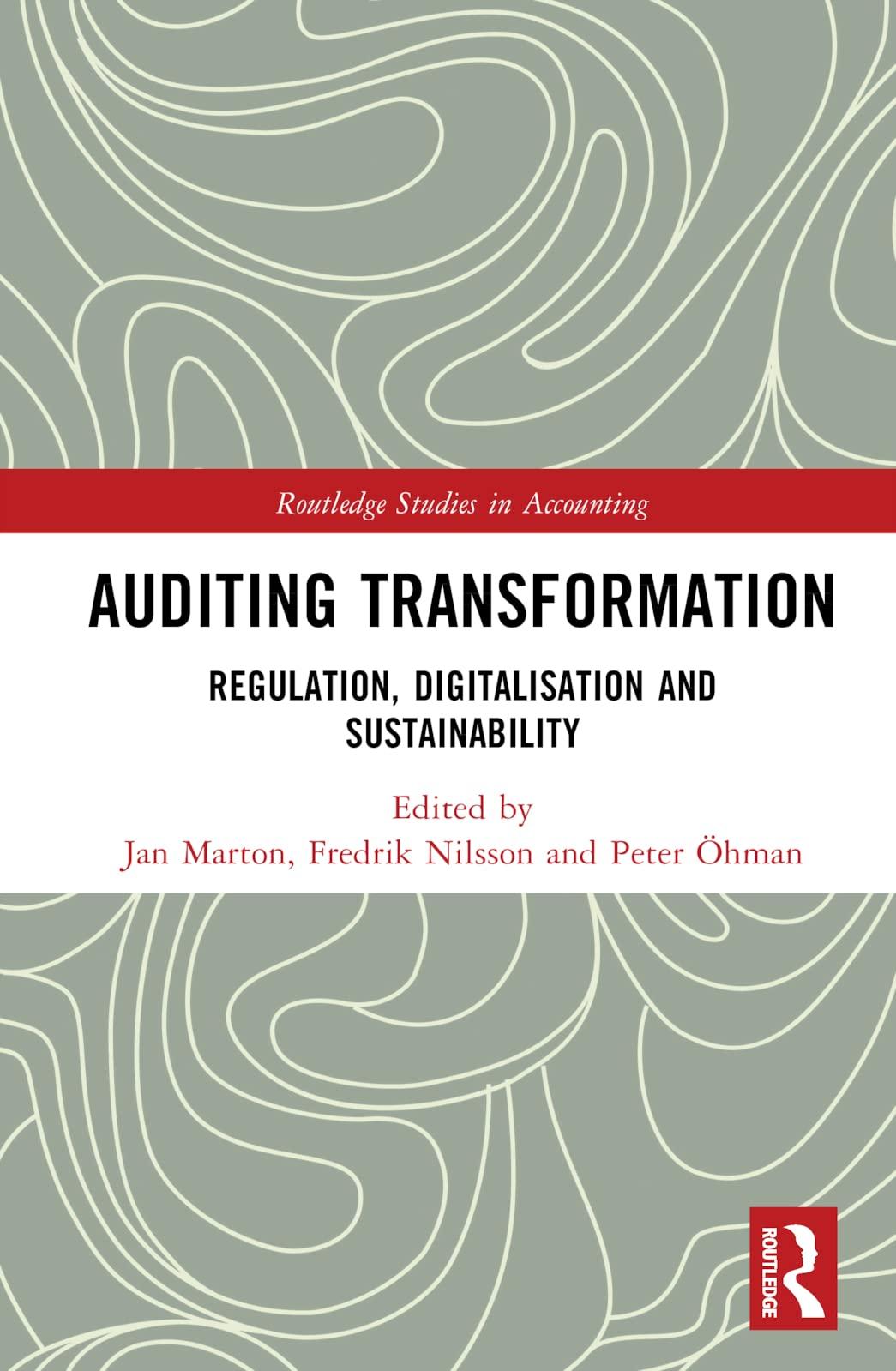Question
5. Expected Return: Discrete Distribution A stock's return has the following distribution: Demand for the Company's Products Probability of This Demand Occurring Rate of Return
5. Expected Return: Discrete Distribution
A stock's return has the following distribution:
| Demand for the Company's Products | Probability of This Demand Occurring | Rate of Return if This Demand Occurs (%) | |||
| Weak |
| 0.1 |
| -35 | % |
| Below average | 0.2 | -6 | |||
| Average | 0.4 | 6 | |||
| Above average | 0.2 | 30 | |||
| Strong | 0.1 | 50 | |||
|
| 1.0 |
| |||
Calculate the stocks expected return and standard deviation. Do not round intermediate calculations. Round your answers to two decimal places.
Expected return: %
Standard deviation: %
6. Expected Returns: Discrete Distribution
The market and Stock J have the following probability distributions:
| Probability | rM | rJ | ||
| 0.3 | 14 | % | 21 | % |
| 0.4 | 9 | 4 | ||
| 0.3 | 17 | 12 | ||
- Calculate the expected rates of return for the market and Stock J. Round your answers to one decimal place.
Expected rate of return (Market): %
Expected rate of return (Stock J): %
- Calculate the standard deviations for the market and Stock J. Do not round intermediate calculations. Round your answers to two decimal places.
Standard deviation (Market): %
Standard deviation (Stock J): %
7. Required Rate of Return
Suppose rRF = 4%, rM = 9%, and rA = 8%.
- Calculate Stock A's beta. Round your answer to one decimal place.
- If Stock A's beta were 1.1, then what would be A's new required rate of return? Round your answer to one decimal place.
Step by Step Solution
There are 3 Steps involved in it
Step: 1

Get Instant Access to Expert-Tailored Solutions
See step-by-step solutions with expert insights and AI powered tools for academic success
Step: 2

Step: 3

Ace Your Homework with AI
Get the answers you need in no time with our AI-driven, step-by-step assistance
Get Started


